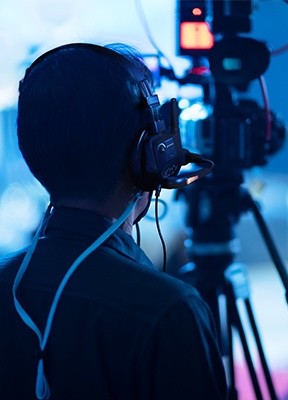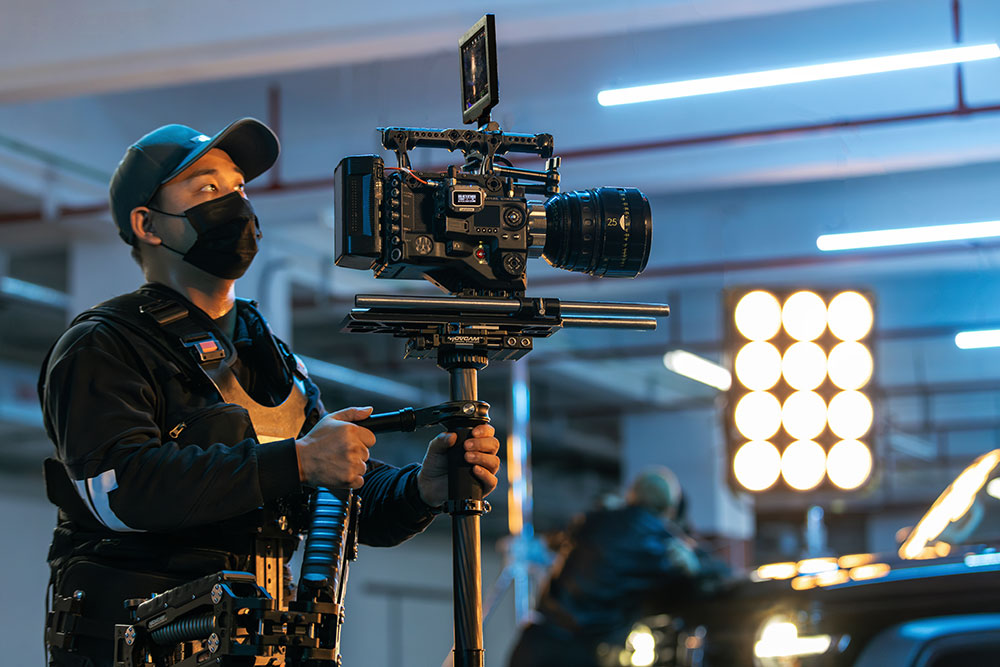Are you facing a common dilemma: you spent thousands of dollars on a high-end Condenser Microphone hoping for professional sound, only to find the resulting home studio recording is less clean and stable than one captured with a standard Dynamic Microphone?
The answer isn't in the spec sheet. It stems from the significant mismatch between your recording environment and the microphone's characteristics. In a typical home setting, the high sensitivity of a Condenser Mic often amplifies room reflections, keyboard clicks, or HVAC noise, leading to muddy audio—this is the "Environmental Trap."
The choice of microphone reflects your "Sound Philosophy." Is it the pursuit of extreme detail (Condenser), or the quest for stable, controlled power (Dynamic)? This article offers a rational decision-making model based on technical principles, practical scenarios, and the compelling Return on Investment (ROI) analysis, ensuring you make the best microphone choice for your specific environment.
Technical Differences and Working Principles
The operational differences between Dynamic and Condenser Microphones directly determine their "control" over the recording environment.
Dynamic Mic: The Isolation Principle
The Dynamic Microphone acts like a "Telephoto Lens" in photography, selectively focusing on the sound source in front of it while naturally suppressing background noise.
- Core Strengths: Low sensitivity, extremely high Max SPL, and robust construction. Its minimal response to faint ambient noise makes it the best microphone for home studio use.
- Key Specs: High Max SPL, 48V Phantom Power not required, Low Sensitivity.
Condenser Mic: Detail Capture Principle
The Condenser Microphone acts like a "Panoramic Camera," aiming to capture every minute detail within the frame.
- Core Strengths: High sensitivity, wide frequency response, and fast transient response. It captures subtle vocal nuances and overtones.
- Key Specs: High Sensitivity, Requires 48V Phantom Power, Prone to capturing room reverb.

Key Technical Parameters Comparison
| Feature | Dynamic Microphone | Condenser Microphone |
|---|---|---|
| Sensitivity | Lower (e.g., -59dB) | Higher (e.g., -35dB) |
| Max SPL | Extremely High (over 180dB) | Moderate (130dB - 140dB) |
| Environmental Response | Low; natural rejection of background noise | High; prone to capturing ambient sound & reflections |
| Audio Flaw | Slightly less detail, limited high-frequency extension | Captures room reverb, complex phase distortion |
If you want to explore more types of studio microphones, check here.
Practical Scenarios and Usage
The microphone choice should be based on the need for "isolation" from environmental noise versus the need for "detailed capture" of sound nuances. Dynamic microphones, such as the Saramonic SR-BV3 product, offer significant practical advantages in specific scenarios.
| Scenario | Dynamic Mic (Practical Isolationist) | Condenser Mic (Detailed Capture) | Key Deciding Factor |
|---|---|---|---|
| Home/Streaming/Podcasting | Advantage: Low sensitivity isolates keyboard/fan noise, providing stable audio. Proximity Effect enhances vocal warmth. | Disadvantage: High sensitivity easily captures room reflections and noise, exposing acoustic flaws. | Suppression of Environmental Noise |
| High-SPL Sources (Loud) | Advantage: Extremely high Max SPL handles loud instruments (guitar amps, drums) without distortion. | Disadvantage: Requires Pad attenuation; diaphragm is relatively delicate and prone to distortion. | Maximum Sound Pressure Handling |
| Pro Studio/ASMR | Limitation: Lack of high-frequency extension and "air." | Advantage: Fast transient response and excellent "air" are essential for ultimate detail. | Sound Detail & Overtone Capture |
Environmental ROI Analysis
Many creators fall into the "Hidden Cost Trap" of condenser microphones. The Return on Investment (ROI) analysis must include both the microphone cost and the acoustic treatment cost.
Total Cost = Microphone Cost + Acoustic Treatment Cost + Post-Production Cost + Time Cost
Cost Comparison and Investment ROI
The chart below visually compares the total cost and ROI in a home setting for both options.
| Investment Item | Option A: Condenser Mic (High Environmental Cost) | Option B: Dynamic Mic (Low Environmental Cost) |
|---|---|---|
| Microphone Cost | ≈ $300 - $3,000 | ≈ $100 - $400 |
| Professional Acoustic Treatment | ≈ $1,500 - $50,000 (Hidden Cost) | ≈ $0 - $50 (Low-Cost Advantage) |
| Estimated Total Cost | Extremely High (Primarily Environmental) | Low (Primarily Hardware) |
| Home Recording ROI | Very Low (If environment is untreated) | Very High (Stable sound, low cost) |
When calculating the home recording cost, the Dynamic Mic option's total cost is far lower than the Condenser route, yet it delivers equal or better audible quality in over 95% of consumer scenarios (due to cleaner sound). The Dynamic Mic provides the highest microphone investment ROI on a budget.

Conclusion
Creators should adhere to two core philosophies when selecting a microphone. The Dynamic Mic embodies the Pragmatist philosophy: when the recording environment is noisy, the budget leans toward hardware, and the requirement is stable, clear vocal output, the Dynamic Mic is the most efficient solution. It ensures the highest audio stability with the lowest environmental investment. Conversely, the Condenser Mic embodies the Extremist philosophy: if you own or are willing to invest in a professional acoustic environment, and seek ultimate detail and fidelity, the Condenser Mic is the only choice. Its high sensitivity demands absolute quiet.
To learn more about the latest news from Saramonic, join in our official social media: Facebook, Youtube, Instagram, X, Facebook Group.
Final Recommendation: Rational Decision Model
Before being swayed by specifications, ask yourself these three questions:
- Environment Assessment: Is my room quiet and acoustically treated? (Determines hidden cost)
- Source Assessment: Am I recording loud (high SPL) or faint (needs detail capture) sources?
- Budget Allocation: Is my money best spent on the microphone itself or on room acoustic treatment? (Determines ROI)
Frequently Asked Questions (FAQ)
What is the main difference between Dynamic and Condenser Mics? (Best Microphone for Home Studio)
The main difference is Sensitivity. Dynamic Mics have low sensitivity, naturally reject noise, and are the best microphone for home studio recording. Condenser Mics have high sensitivity, capturing detail but also environmental noise.
How to choose the best microphone for podcasting?
A Dynamic Microphone is highly recommended. Because podcasting often involves multiple speakers, the Dynamic Mic's low sensitivity effectively isolates sound spill, ensuring clean individual tracks. If you have questions about podcast mic setup and sound quality, check this guide.
Why are Condenser Mics unsuitable for regular home recording environments?
The Condenser Mic's high sensitivity captures room reverb and reflections. Since most homes lack acoustic treatment, these flaws are faithfully recorded, leading to muddy audio and very low ROI.
Why is a Dynamic Mic best for Podcasting?
Low sensitivity ensures high isolation between speakers, effectively preventing Spill and simplifying post-production.
Why shouldn't I use a Condenser Mic for Home Recording?
High sensitivity captures room reverb. Since typical homes lack acoustic treatment, this leads to muddy audio.














